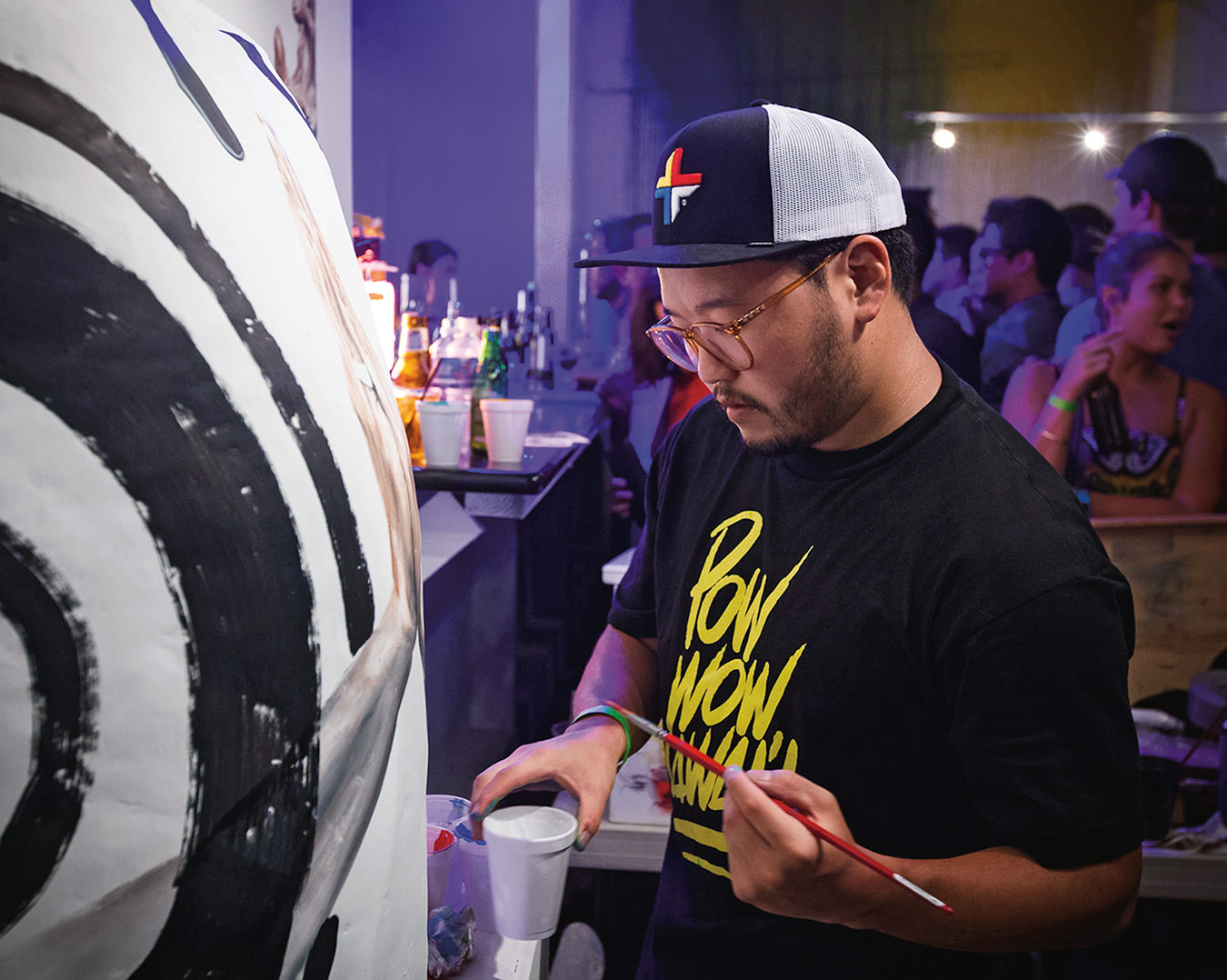The Rise of Femtech
A boom in technology for women is good for everyone.

In 2014, Apple released its first Health app to much fanfare. It was designed to help people monitor things like weight, height, and sodium intake: “all of your metrics that you’re most interested in,” Apple exec Craig Federighi told The Verge at the time. And yet one basic metric that billions of people monitor regularly wasn’t included: periods.
The brand introduced menstrual tracking the following year, and its latest watch launch includes souped-up features like a temperature sensor that can help monitor ovulation. Period tracking has also been criticized recently, thanks to concerns about privacy following Roe vs. Wade. But the initial omission came as no surprise to many people who menstruate—and those who are trying to develop products that address their needs.
“It’s 50 per cent of the population, and yet again and again and again I speak to investors who say my company’s specialism is niche,” says Rachel Bartholomew, founder of Hyivy Health, which makes a device to improve pelvic-floor health. She’s also the founder of Femtech Canada. “There’s historically been no focus on women’s health. Our seatbelts are tested on men, our heart attack symptoms are defined by how they present in men. There’s a lack of funding, research capabilities, and resources in companies, and not enough people thinking through the lens of women.” Her own product is a perfect example of this. She says even doctors often don’t understand the nuances of pelvic health and will recommend Kegel exercises when in certain situations they could do more harm than good.
A lack of funding for women’s health-focused research and technology is largely because venture-capital investors are predominantly men. Generally they don’t invest in women-led businesses—just 2.3 per cent of funding went in that direction in 2020. Bartholomew points out that when she goes into a pitch meeting for her Hyivy device, she tells her personal story (she had cervical cancer and has vulval cancer) to connect with investors and help them understand why her product is necessary.
“There have been articles about how women have to tell those personal stories so they can be taken seriously, when men wouldn’t need to do that,” she says. “That sucks. It all sucks. But at the same time, it’s the game. Yes, it sucks that I have to use my cancer story as a way to unlock this. At the same time, the men in the room don’t understand any of it. They don’t understand the LGBTQ+ community. They’re 10,000 years behind. If they’re just starting to latch on to the idea that femtech is a hot space, why not leverage it?”

There’s also historically been a lack of open talk about issues like menstruation and a shame of discussing it publicly, Bartholomew says. “This newer generation is screaming from the rooftops. Meanwhile older people are just the quiet rebellious ones.”
Nadia Ladak and her co-founders at Toronto-based Marlow represent that younger generation. The four friends discovered there had been no innovation in the design of tampons in 90 years and decided it was time for a change. “It started with a conversation where one of my co-founders shared that she had pain when inserting a tampon,” Ladak says. “She was a competitive swimmer who loved being active. Later we learned about some research that says one in three women drop out of sports because of their periods, because they don’t have access to products that can work for them.”
Until recently, multinational brands had something of a monopoly on period care, though that’s begun to change. These days there are more products like menstrual cups and leakproof undies from brands like Knix, recently acquired by one of those multinational companies. “But generally, there was a huge opportunity to innovate because consumers were on autopilot and just taking what people gave them,” Ladak says.
The Marlow team came up with a lubricated tampon that can be inserted more easily and comfortably, and they’re not afraid to start conversations about it. “Growing up, I had that experience of putting the tampon up my sleeve when I went to the bathroom at school or being shy looking at products at Shoppers. But my generation is tired of that. We don’t feel uncomfortable speaking up for we believe in—especially on platforms like TikTok where people have no filter and share whatever they want.”
Ladak says that when they started their brand in 2020, the women’s health space was already beginning to burgeon, with sexual wellness products at Indigo, Sephora, and Bloomingdale’s, but there’s still a way to go.
One area where there continues to be a gap is in sexual health. “There are vibrators in Indigo now, but we found there was a lack of attention to safer sex products, and condoms weren’t considered in the sexual wellness boom. They haven’t been part of the conversation,” says Yasemin Emory, co-founder of Jems Condoms.
She and her business partner, Whitney Geller, both had a disquieting experience when they were between pregnancies and looking for nonhormonal birth control. “We couldn’t have felt more alienated [in the condom aisle]—it felt like the 1950s,” Geller explains. “The way condoms are presented to the world is so problematic. It’s an industry that perpetuates toxic energy, toxic masculinity, and potentially toxic ingredients. Every change that has been made to condoms—adding flavours, lubricants, numbing creams that are not good for women’s bodies—has been in order to market them to men.”
Off the back of this, they decided to launch Jems, an ultrathin natural latex condom in elegant packaging that doesn’t have an ultramasculine appearance. “The packaging is beautiful and aligned with other wellness products,” Geller says. Part of the goal is to ensure everybody feels comfortable buying condoms, regardless of gender or identity. “There’s a generation of young people—women and people that are from the LGBTQ+ community—that were not being spoken to.”
There continues to be stigma around women carrying condoms, Emory says.— Having them in your possession is considered probable cause to be arrested for prostitution in some U.S. states . “What we’re trying to say is that everyone should feel empowered to protect themselves and be prepared,” Emory says.
As femtech companies become more successful, people are seeing opportunities to make money. That’s already giving rise to products that don’t fulfil a need or are even potentially harmful. Gynecologist and The Menopause Manifesto author Jen Gunter has spoken about the exploitative nature of hormone testing and homeopathic treatments for menopause. There are products such as vaginal deodorants or rebalancing smoothies that are simply unnecessary. How do current players see all this evolving? Bartholomew says she’s intentionally kept her definition of femtech specific—it must be related to women’s health—to prevent people from jumping on the bandwagon. Otherwise, she says, you end up with skin-care or self-care products that are labelled femtech, undermining the category.
And will there be a time when the “femtech” label is not even required? “Ideally we would get to a place where tech is inclusive of everyone and femtech doesn’t specifically need to be called out,” Emory says. “There are more women in positions where they have influence, and the culture now is to call out things that are egregious, so there is a kind of convergence, but we’re not there yet.”
“My big goal is to have a database of femtech companies that can connect with investors who want to partner and fund them,” Bartholomew says. “Femtech Canada is also about counselling, sharing, and peer-to-peer support for people who want to get into the space. Part of what we have to remember is the femtech is such a small area that we have room for others with similar space and products.”




